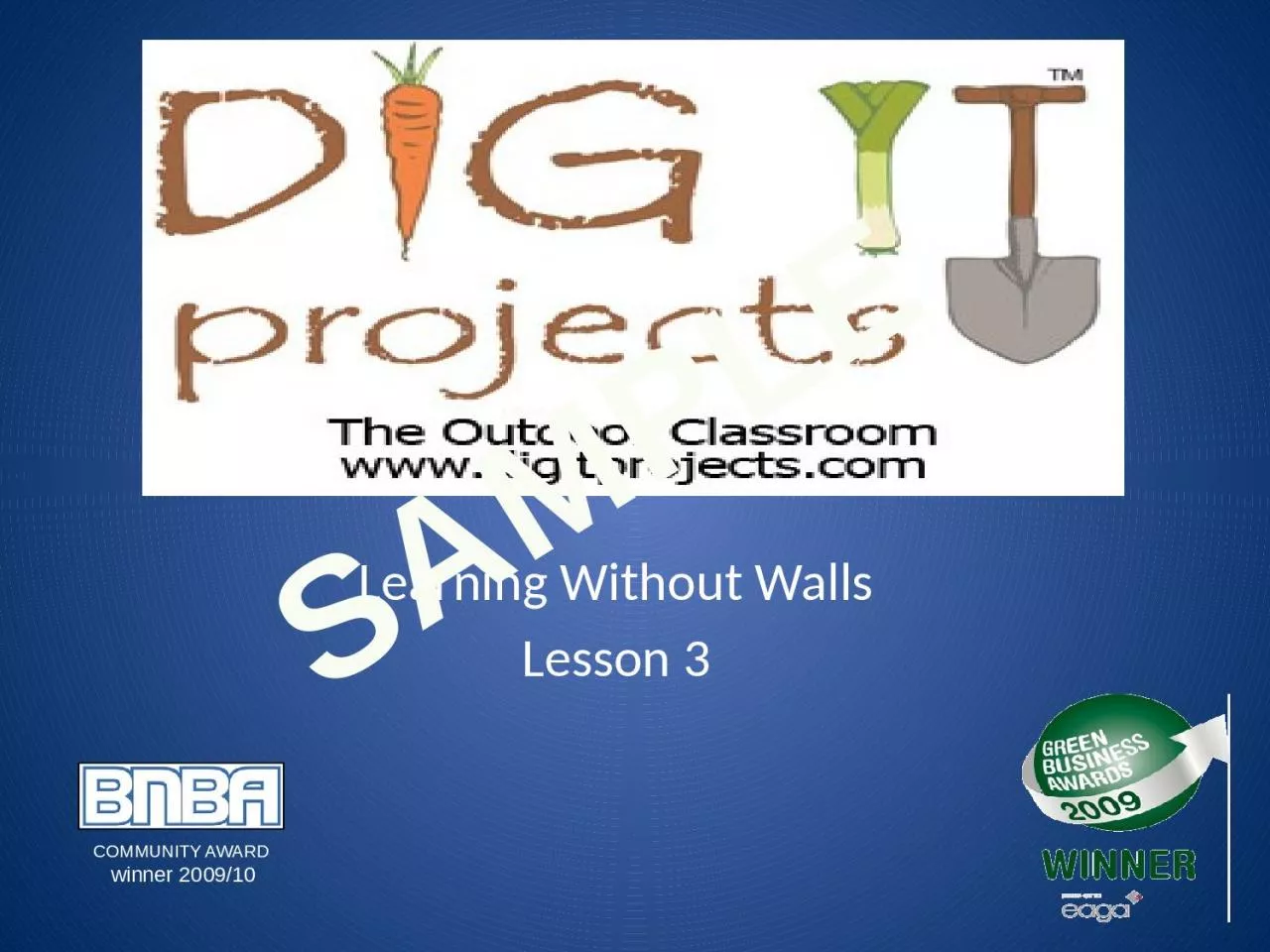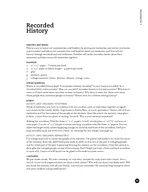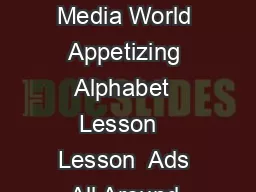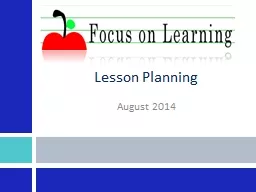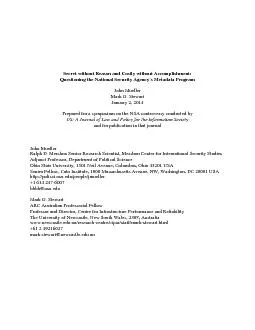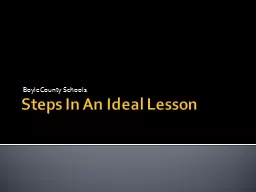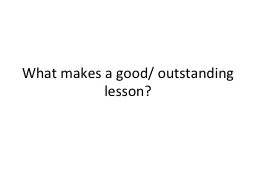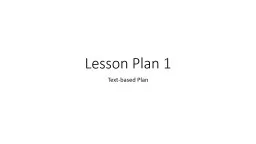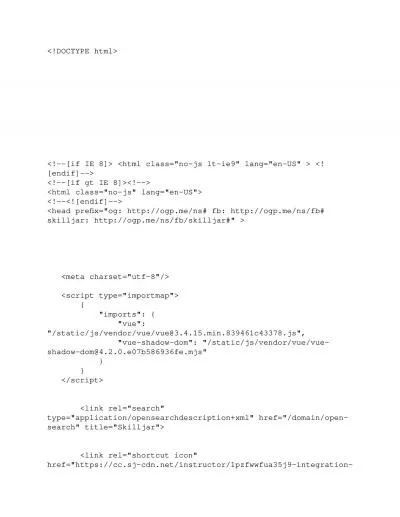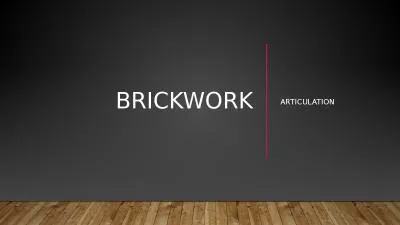PPT-Learning Without Walls Lesson 3
Author : grace3 | Published Date : 2023-11-15
COMMUNITY AWARD winner 200910 S AMPLE This is a project to discover the way a seed germinates Each student will create their own seed containerpropagator and
Presentation Embed Code
Download Presentation
Download Presentation The PPT/PDF document "Learning Without Walls Lesson 3" is the property of its rightful owner. Permission is granted to download and print the materials on this website for personal, non-commercial use only, and to display it on your personal computer provided you do not modify the materials and that you retain all copyright notices contained in the materials. By downloading content from our website, you accept the terms of this agreement.
Learning Without Walls Lesson 3: Transcript
Download Rules Of Document
"Learning Without Walls Lesson 3"The content belongs to its owner. You may download and print it for personal use, without modification, and keep all copyright notices. By downloading, you agree to these terms.
Related Documents

